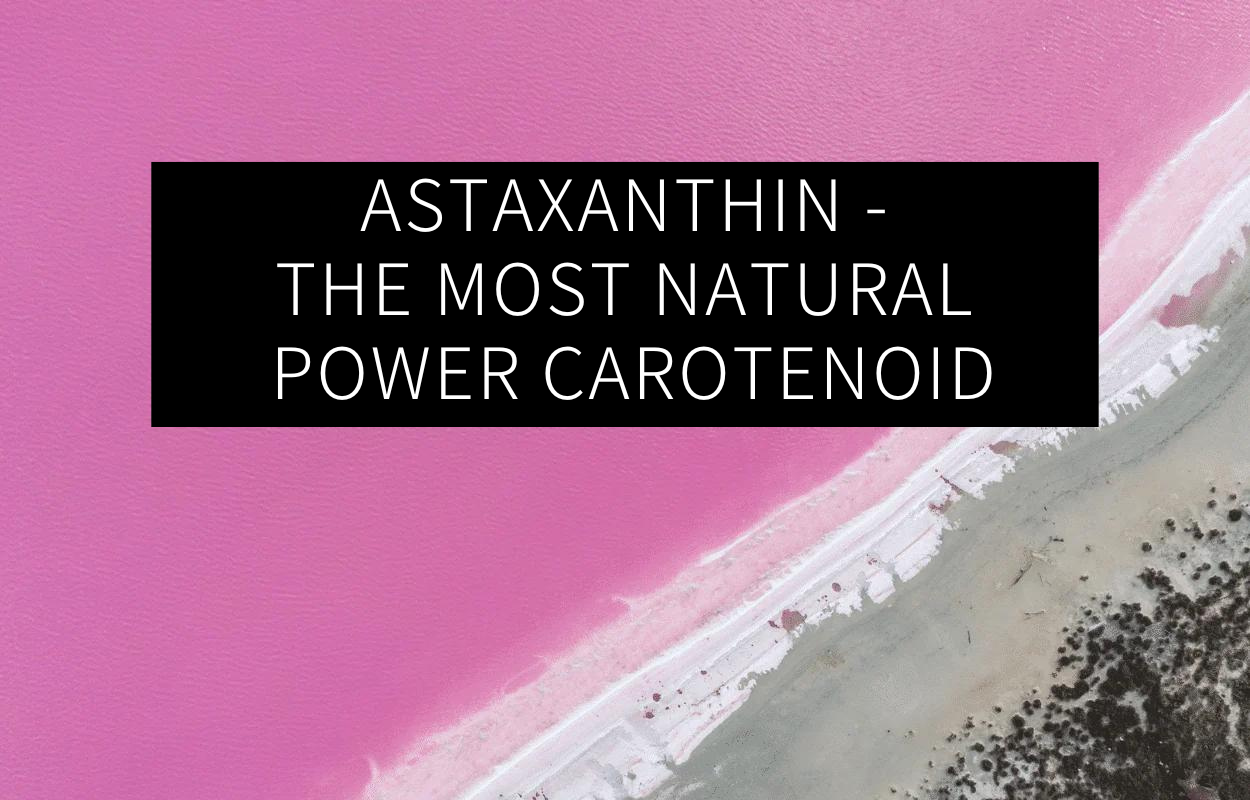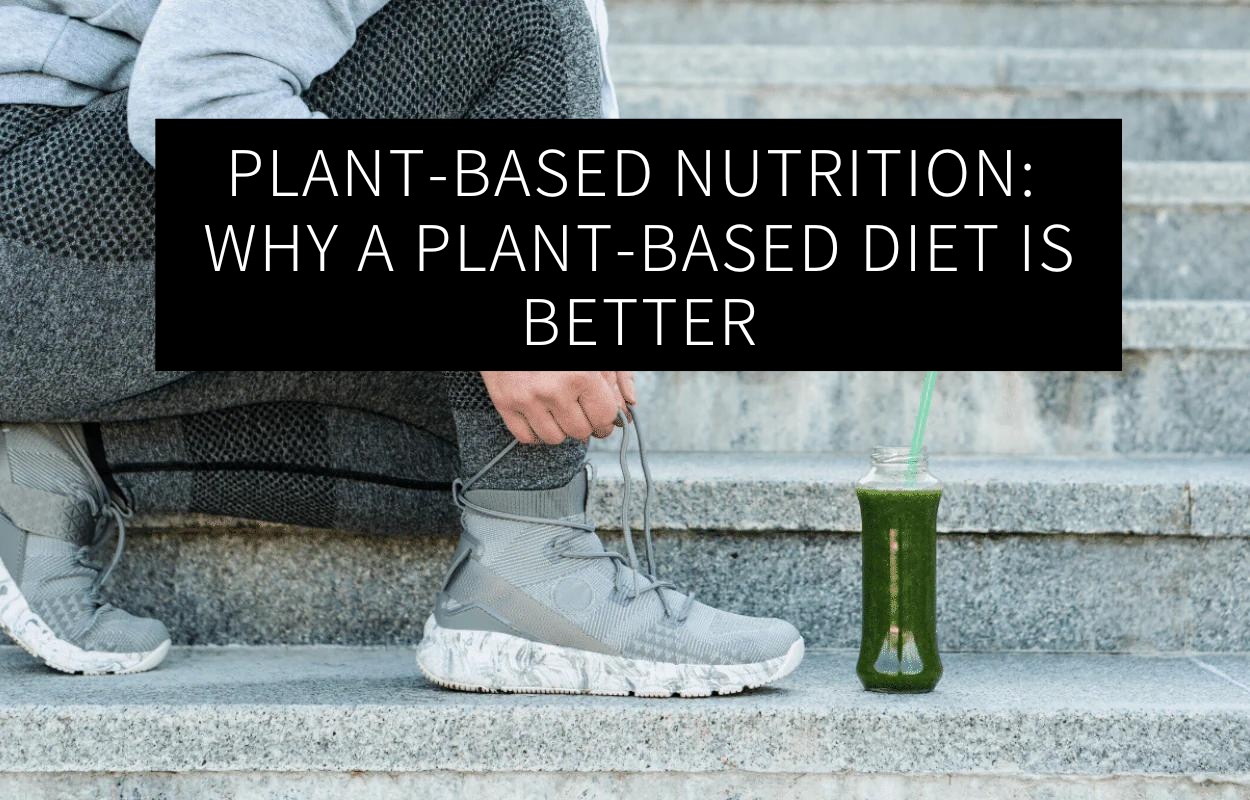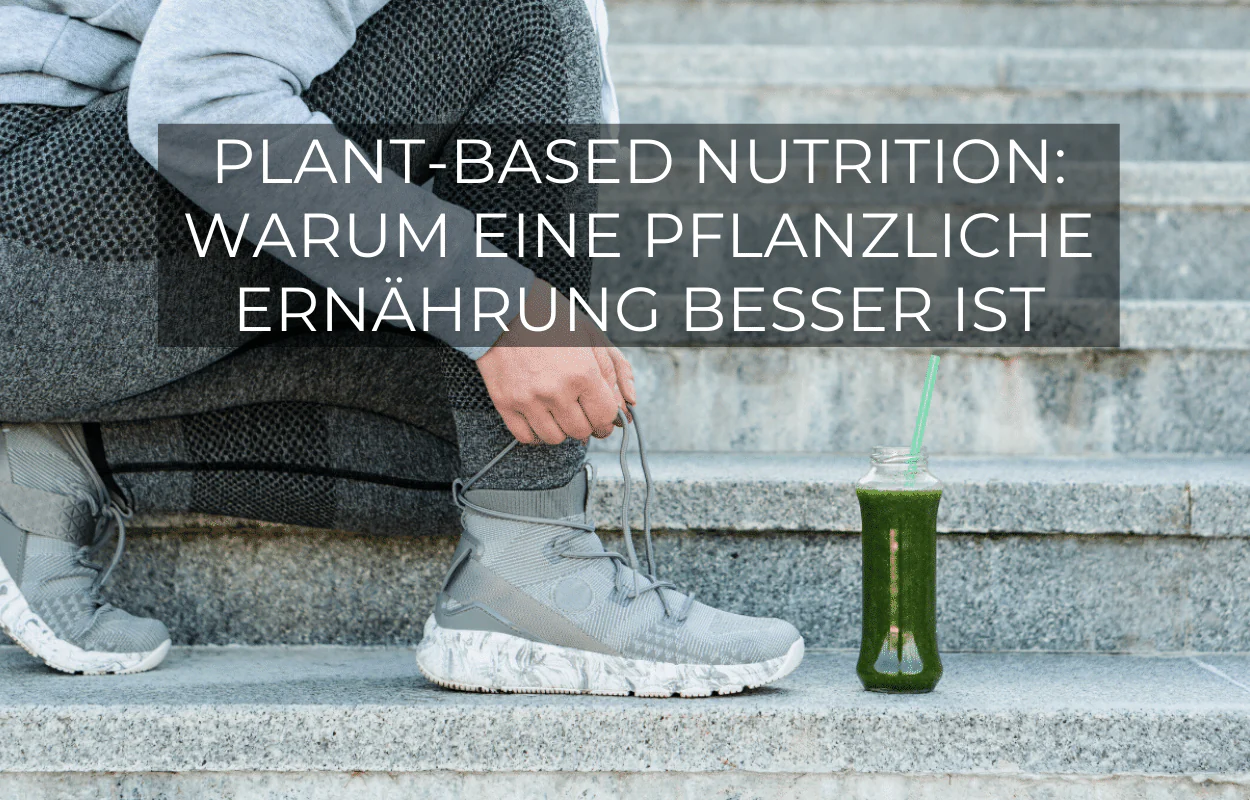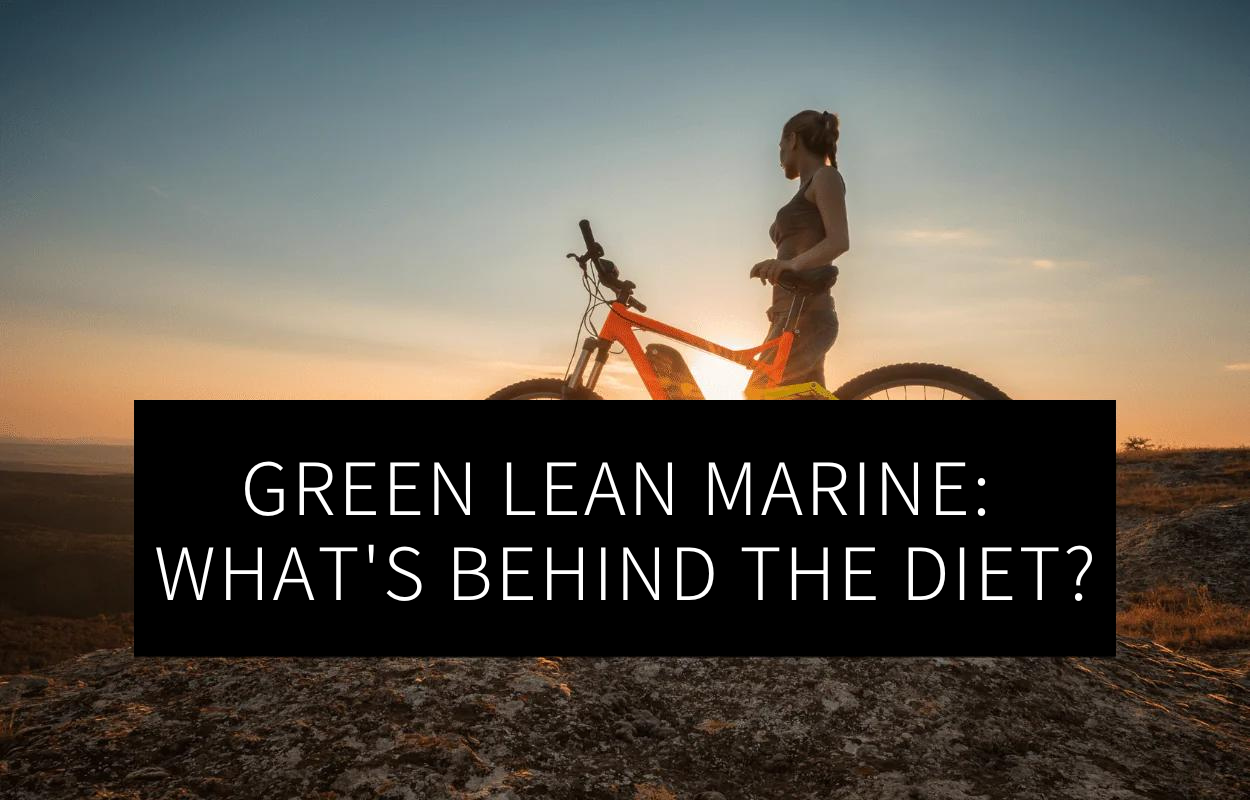Astaxanthin capsules are gaining increasing importance: This carotenoid is not only considered a powerful antioxidant but also an effective free radical scavenger.
Astaxanthin is not only known as the world’s strongest antioxidant but also as a highly effective carotenoid that is said to be much more effective than carrots. Astaxanthin is found in large quantities in salmon and lobster, but it is also present in microalgae, which should be of particular interest to you as a biohacker. If you want to know why this substance is rightfully called a power carotenoid, you should definitely read this article.
1. What are Astaxanthin capsules?
Although astaxanthin is primarily known as one of the world’s most powerful antioxidants, it deserves another title: it is also believed to be a power carotenoid. When you hear the term carotenoids, you probably immediately think of carrots, which are known for their orange color. Carotenoids are indeed natural plant pigments that give carrots their typical color. However, carotenoids can also be orange, red, or yellow when they are present in tomatoes and corn, for example.
The highest concentration has been measured in lobster and salmon, but another vegan source of astaxanthin has been found in the meantime. I’m talking about microalgae, specifically the freshwater algae called Haematococcus pluvialis, which competes with salmon and lobster. For you as a vegan biohacker and high performer, this means that you can continue to maintain a vegan diet to obtain this valuable carotenoid.
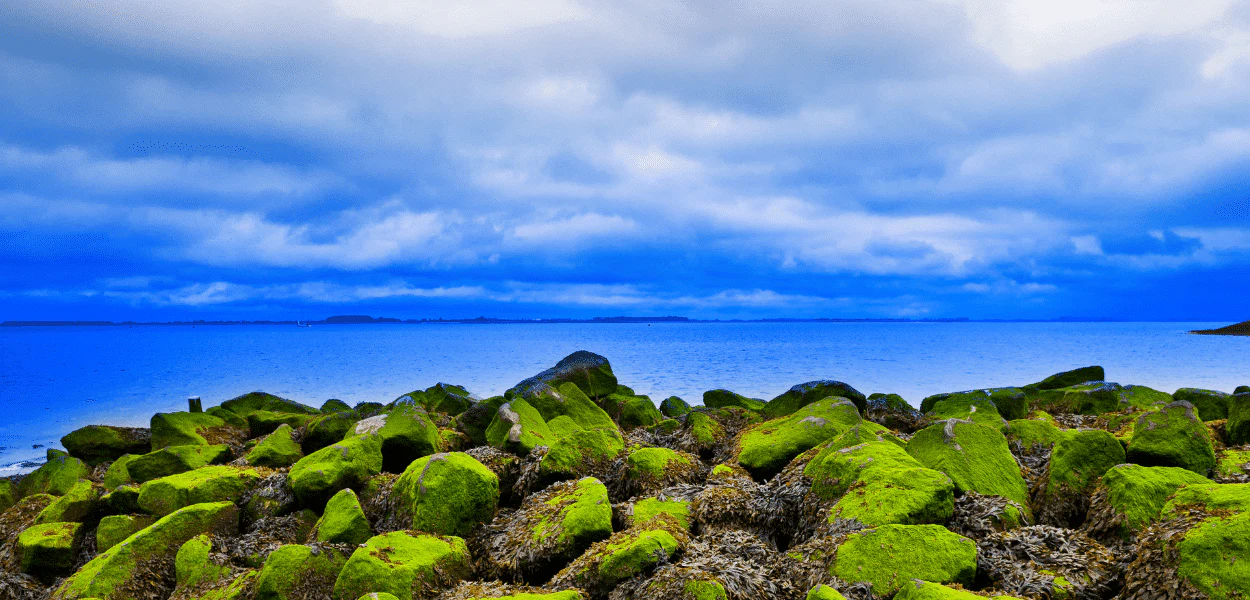
It is interesting to note that salmon and lobster are particularly rich in astaxanthin because they consume microalgae as part of their diet. In fact, the substance is believed to be essential for salmon, as it enhances their performance and allows them to swim upstream. Without the substance, this would supposedly not be possible. This raises the question of whether this astaxanthin effect can also be transferred to humans.
2. Astaxanthin capsules and their effects – eleven times stronger than beta-carotene?
Although astaxanthin is still relatively unknown, many performers have already discovered its benefits. Did you know that carotenoids are among the most potent antioxidants, generally considered to be free radical scavengers that can contribute to protecting against free radicals? Carotenoids are present in almost all fruits and vegetables as components of phytochemicals. They are visually noticeable because they give plants and fruits their typical color. Carrots and tomatoes have their classic coloration because they contain carotenoids.
In contrast to spirulina and chlorella, which have a green color, the microalgae that are particularly rich in astaxanthin are reddish in color. It is not surprising that not only salmon and lobster but also flamingos, which also feed on the algae, turn orange to red, reflecting the color of the microalgae.
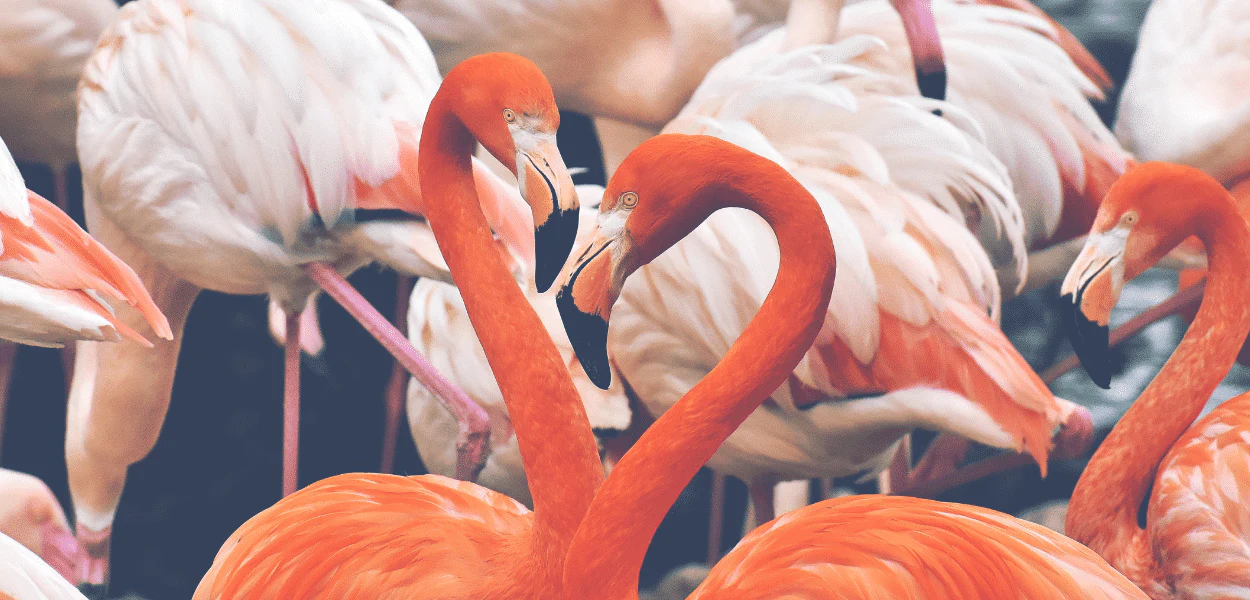
However, the most important aspect is the effect of astaxanthin, the carotenoid contained in the algae, on our body. Experts claim that the astaxanthin effect is eleven times stronger than ordinary beta-carotene found, for example, in carrots. This is remarkable when considering the potential effects of beta-carotene on the human body. As a precursor to vitamin A, beta-carotene is essential for the body, as it can have anti-inflammatory effects and improve the interconnection of nerve cells in the brain.
Did you know that carotenoids are found almost everywhere? Although the fat-soluble vitamin is primarily stored in adipose tissue, it is also present in the cellular tissue of your skin, liver, and other organs such as the adrenal glands. Additionally, carotenoids are an important component of the eyes and contribute significantly to optimal vision. However, what is much more important for you as a biohacker is that carotenoids are among the most potent antioxidants, capable of binding free radicals and protecting the body from oxidative stress. This is especially true for oxygen compounds that can arise due to the influence of UV radiation or excessive training sessions.
The best part is that your body can even store a „reserve“ of carotenoids, for example, in the skin or liver. The fact that microalgae are said to contain eleven times more carotenoids in the form of astaxanthin makes the (potential) astaxanthin effect evident.
3. Why is astaxanthin considered a power carotenoid?
It is often heard or read that the substance is referred to as a power carotenoid. The astaxanthin effect is not unfounded: Although the carotenoid has a similar structure to carotenoids found in carrots or tomatoes, there is still a slight difference. Unlike other carotenoids, it is believed that the substance from microalgae can overcome the blood-brain barrier, allowing it to act as a free radical scavenger in the brain.
Considering that salmon can enhance their performance and swim upstream with the help of this substance, it is possible that the effects of astaxanthin capsules can also be transferred to cognitive performance. It is currently believed that the algae-derived substance can contribute to improved brain function and learning ability by enhancing communication between nerve cells.
The effect of astaxanthin can also be transferred to physical performance, as the carotenoid can penetrate cells and protect mitochondria from oxidative stress. Mitochondria are the smallest powerhouses of the body, providing the necessary energy for your body and mind.

As a carotenoid, the active ingredient is also believed to have an anti-inflammatory effect, which is why it is said to contribute to the prevention or relief of joint discomfort and joint diseases. Studies currently indicate that the substance can inhibit inflammatory substances. It is also believed that the power carotenoid can have a positive impact on the cardiovascular system by improving blood flow. Its ability to enhance endurance and muscle performance makes the substance an effective all-rounder for biohackers and athletes.
4. Best Source for Astaxanthin: Microalgae?
Microalgae are the best source of this power carotenoid because they contain the substance in high concentrations. While lobster and salmon are still considered two of the best sources of the antioxidant, they feed on the algae that you can incorporate into your vegan diet. The algae Haematococcus pluvialis is often referred to as „blood rain algae“ due to its red coloration, which turns the water red. The red pigment serves as protection for the algae when their living conditions deteriorate.
Even animals like salmon use the algae to move forcefully against the current and achieve peak performance. It is no wonder that the substance as a dietary supplement is gaining more and more attention. To enjoy the positive effects of microalgae, it is important to obtain the substance specifically from Haematococcus pluvialis algae and not through artificial production.
Although it is currently possible to produce the substance artificially, natural dietary supplements have a significant advantage: they contain not only the isolated active ingredient but also other beneficial compounds that can enhance the effectiveness and bioavailability of the power carotenoid. You can purchase astaxanthin as a dietary supplement from us, which includes the full spectrum of the algae.
Just as with diet, it is important to take individual nutrients in combination with other nutrients when taking a dietary supplement, as the different substances can complement each other and enhance the effects. For you as a vegan, this means that the astaxanthin capsules are free from gelatin and are 100% of plant origin. The fact that the active ingredient is exclusively derived from algae also makes the dietary supplement a sustainable product that can contribute to protecting the environment and fish populations.
5. Taking Astaxanthin in Combination with Fat
Since the active ingredient is a carotenoid, it should always be taken in combination with fat. To increase bioavailability, we have dissolved it in MCT oil. MCT oil consists of medium-chain fatty acids that the body can directly use as an energy source.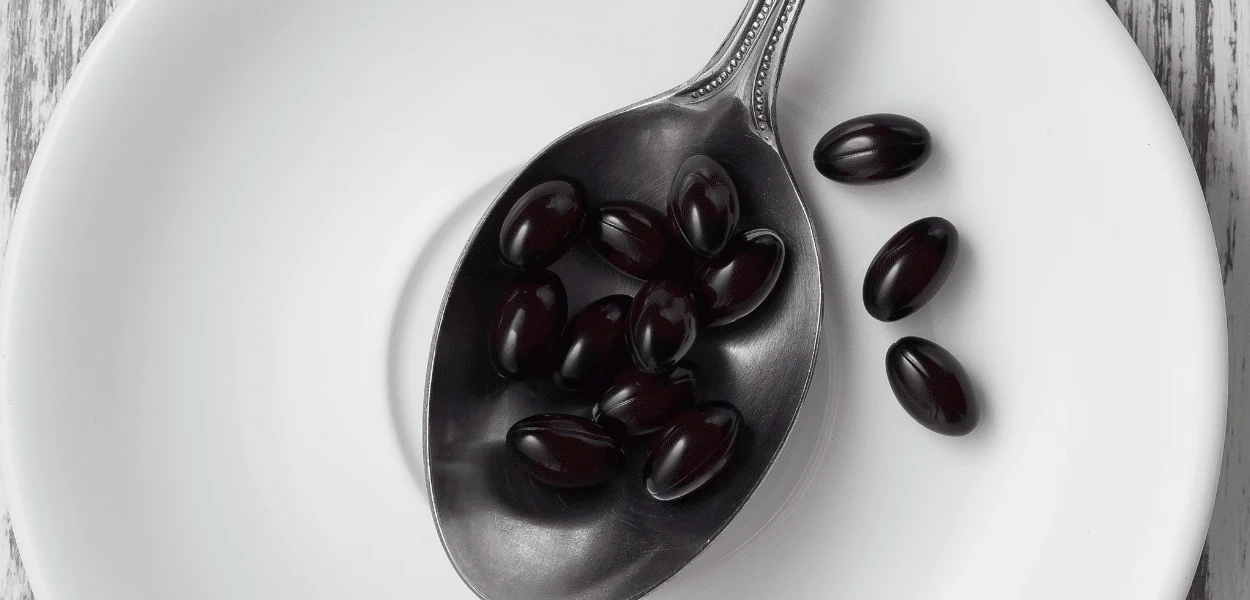
Furthermore, the astaxanthin capsules are free from artificial additives, binders, colorants, pesticides, heavy metals, radioactivity, and genetic engineering. By the way, the algae are obtained from sustainable and ecological aquacultures to protect the population of microalgae in the waters.
Conclusion: Microalgae are the Best Source for Power Carotenoid
Carotenoids are among the most potent antioxidants for reducing oxidative stress and protecting against free radicals. It is hard to believe that one of the most powerful carotenoids is found in tiny microalgae, which serve as a source of food for lobsters, flamingos, and salmon. This power carotenoid is not only believed to alleviate inflammation, but it is also said to improve cognitive and physical performance. That’s why many professionals, high achievers, and performers already take it as a dietary supplement.

